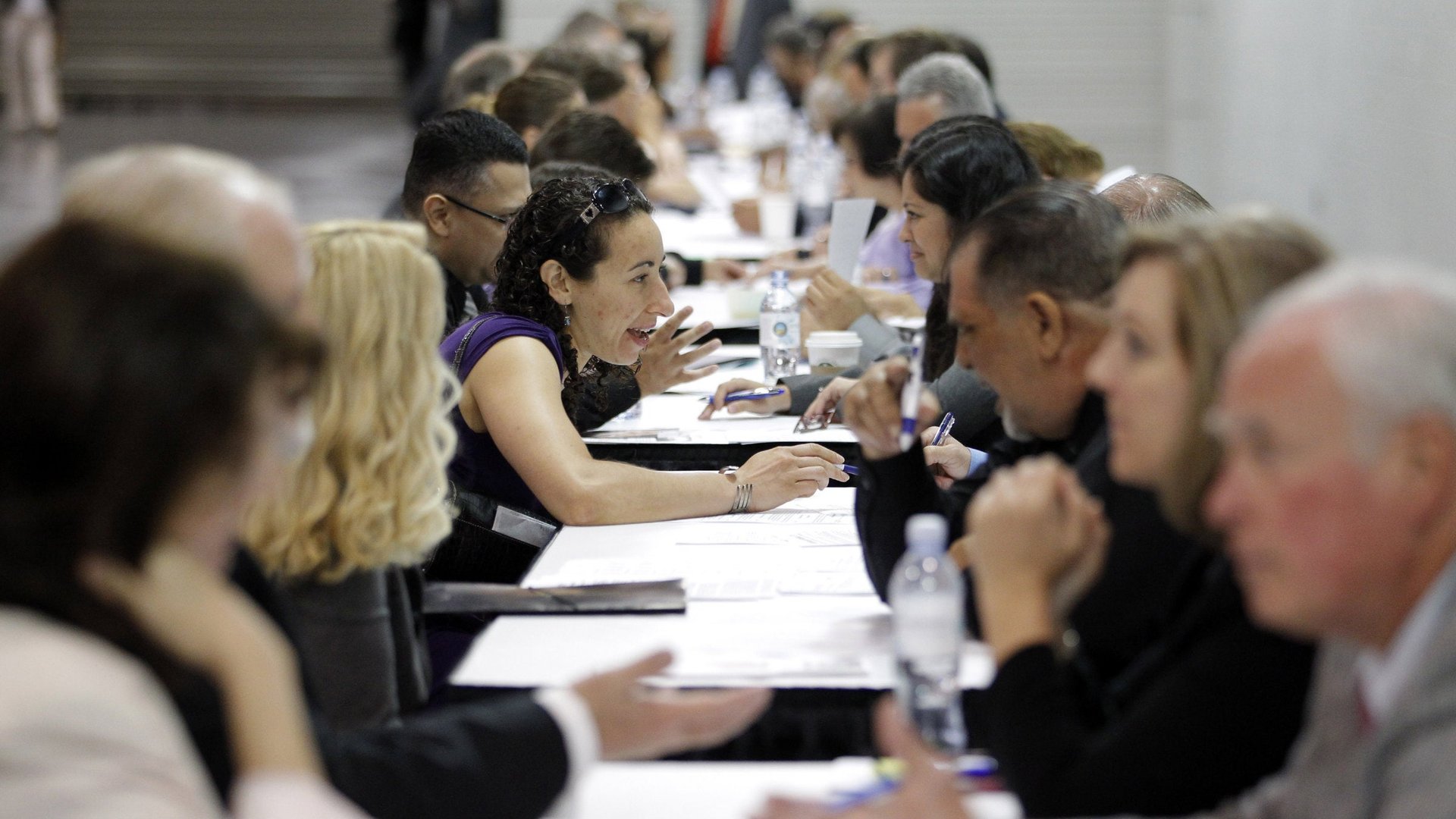The good news: US unemployment’s coming down. The bad news: Not by much
Now that Obama has been reelected, he has four more years to return unemployment to what it was before the financial crisis: about 6%. But there is only so much he can do. Lowering unemployment to what it was pre-crisis will require strategic, long-term policies and embracing what the White House can do about fiscal policy and what the Federal Reserve does about monetary policy.


Now that Obama has been reelected, he has four more years to return unemployment to what it was before the financial crisis: about 6%. But there is only so much he can do. Lowering unemployment to what it was pre-crisis will require strategic, long-term policies and embracing what the White House can do about fiscal policy and what the Federal Reserve does about monetary policy.
The Fed, which is independent, has a dual mandate of price stability and maximum employment. But the operative word in its mandate is maximum. There are different kinds of unemployment: cyclical, which varies with the business cycle and can be tweaked by monetary or short-term fiscal policy; and structural, which is how many jobs the economy needs to operate at full capacity. Maximum employment means minimal cyclical unemployment because monetary policy does not have much influence on the structural rate. So if you believe we’re in a new normal—that structural unemployment has increased—then unemployment may not return to 6% anytime soon if we leave it to the Fed.
But take heart. A change in structural unemployment is not permanent; it changes over time and policy can affect it. It may rise and fall when globalization changes the skills employers need. Policy also has a role here by providing job training and education.
Another factor that determines unemployment is compensation. If hiring workers costs more than what employers will pay, structural unemployment increases. That might be true now because of healthcare. The net effect of Obama’s plan, known as the Affordable Care Act, is still unknown, but it now seems certain it won’t be repealed. Rising healthcare cost is still an issue (merely calling something affordable does not make it so) and much of the burden falls on employers, making them reluctant to hire new workers. Or employers will hire more contract or shift workers to whom they don’t have to provide benefits.
It’s impossible to know how much unemployment today is structural and how much is cyclical. Probably both have increased since the crisis and there’s scope for policy to lower both. I am optimistic that the unemployment rate will be lower in four years because cyclical unemployment will probably decrease. But the unemployment rate may not be back to 6%, and the labor market might look very different, filled with fewer permanent employees with strong ties to their company.